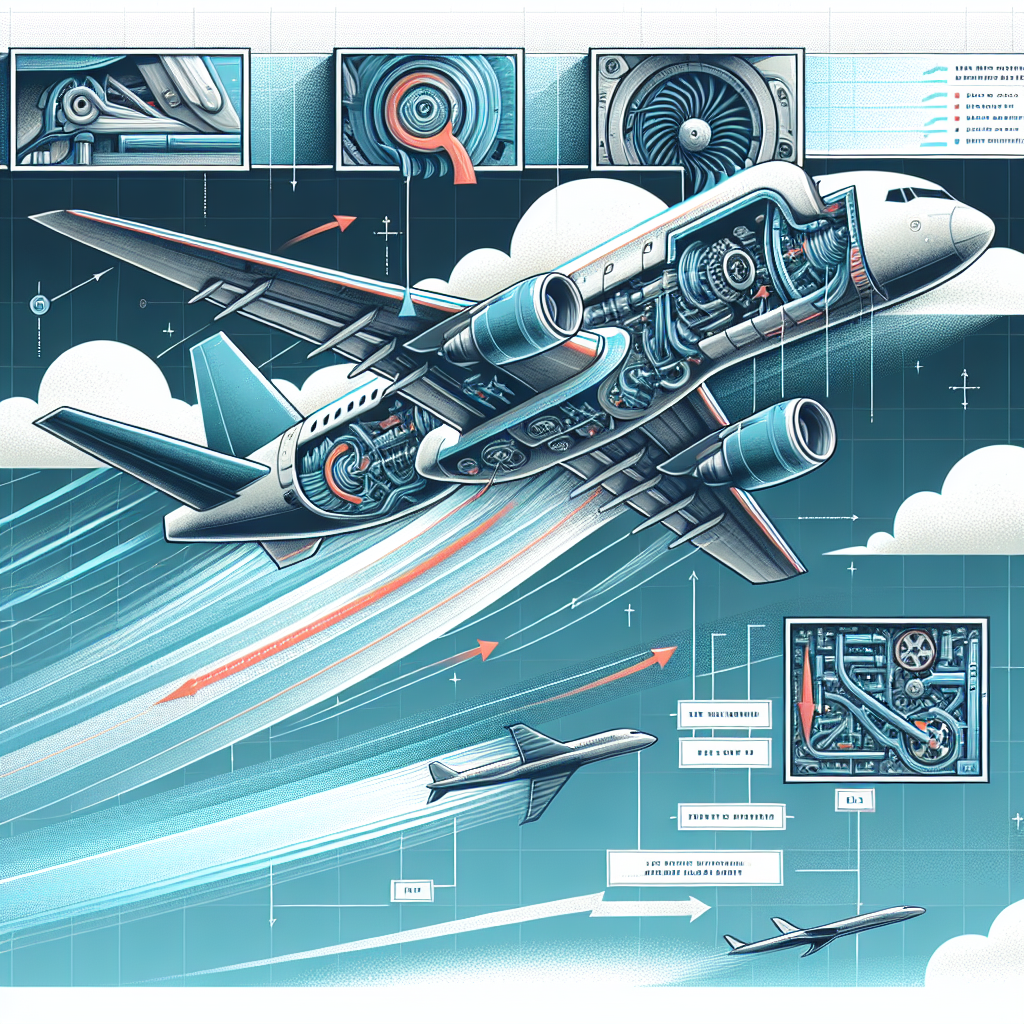Lift is an essential force that allows aircraft to overcome gravity and stay in the air. Without lift, planes would simply plummet to the ground. In many ways, lift is the fundamental principle of aviation.
The basic concept of lift is rooted in Bernoulli’s principle, a fundamental principle in fluid dynamics. This principle states that as the speed of a fluid (such as air) increases, its pressure decreases. In the context of aviation, this means that as an aircraft moves through the air, the shape of its wings creates a pressure difference that generates lift.
The shape of an aircraft’s wings is carefully designed to take advantage of Bernoulli’s principle. The wings are curved on the top and flat on the bottom, which creates a pressure difference between the two surfaces. As the aircraft moves through the air, air flows over the curved top surface of the wing faster than it flows under the flat bottom surface. This speed difference results in lower pressure on the top surface and higher pressure on the bottom surface, creating lift.
In addition to the shape of the wings, other factors also play a role in generating lift. The angle of attack, or the angle at which the wing meets the oncoming air, also affects lift. When the angle of attack is increased, the wings create more lift. However, if the angle of attack is too high, the airflow over the wing can become disrupted, leading to a stall.
Air density also plays a role in lift generation. As air density decreases, such as at higher altitudes, the same wing shape will produce less lift. This is why aircraft flying at high altitudes, such as commercial jets, need to travel at higher speeds to generate enough lift.
In order to maintain lift, pilots must constantly adjust the aircraft’s speed, angle of attack, and other factors to ensure that the wings are producing enough lift to keep the aircraft in the air. Without constant adjustments, an aircraft would not be able to maintain its altitude.
Overall, lift is a crucial force in aviation that allows aircraft to overcome gravity and stay aloft. By understanding the principles behind lift generation, pilots and engineers can design aircraft that are safe and efficient in flight. So next time you see a plane soaring through the sky, remember that it’s all thanks to the power of lift.
When you look up at the sky and see an airplane soaring through the clouds, you might wonder how such a heavy metal machine is able to stay in the air. The answer lies in the concept of lift, a crucial force that allows aircraft to overcome gravity and take flight.
Lift is created by the wings of an aircraft as it moves through the air. The basic principle behind lift is Bernoulli’s principle, which states that an increase in the speed of a fluid (such as air) results in a decrease in pressure. This principle explains why an aircraft wing, with its curved shape, is able to generate lift. As air flows over the top of the wing, it must travel a greater distance in the same amount of time as the air flowing underneath the wing. This causes the air to speed up, creating lower pressure on top of the wing compared to the bottom. The difference in pressure between the top and bottom of the wing generates lift, allowing the aircraft to rise into the air.
In addition to Bernoulli’s principle, another factor that contributes to lift is the angle of attack of the wing. By angling the wing slightly upwards, the aircraft is able to create more lift. However, if the angle of attack is too high, the airflow over the wing can become turbulent, leading to a decrease in lift and potentially causing the aircraft to stall.
It is important to note that lift is not the only force that acts on an aircraft. Weight, thrust, and drag also play a role in flight. Weight, the force of gravity acting on the aircraft, must be overcome by lift in order for the aircraft to stay in the air. Thrust, provided by the engines, propels the aircraft forward, while drag, caused by air resistance, acts in the opposite direction of thrust. The balance between these forces is crucial for stable and controlled flight.
In conclusion, lift is the force that allows aircraft to overcome gravity and stay in the air. By utilizing Bernoulli’s principle and the angle of attack of the wings, aircraft are able to generate the lift necessary for flight. Understanding the principles of lift is essential for pilots, engineers, and aviation enthusiasts alike, as it is the key to unlocking the mysteries of flight.

